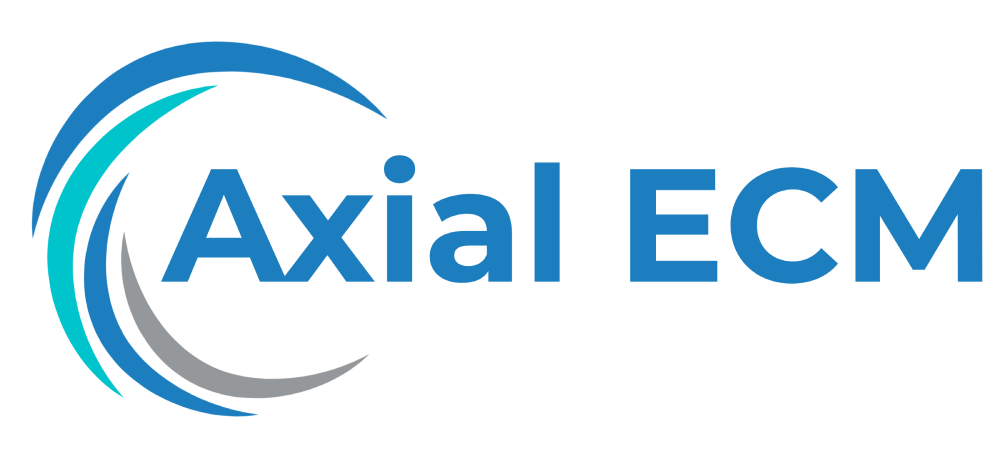ECM for Specific Industries: Tailoring ECM solutions for industries like healthcare, finance, education, etc.
Digitizing Education: ECM’s Role in Modern Learning Institutions
In today’s digital age, technology has revolutionized the way we live, work, and learn. One area that has significantly benefited from technology is education. Traditional classrooms are being replaced by online platforms, and textbooks are being replaced by digital resources. With this transformation, educational institutions are faced with the challenge of managing and organizing vast amounts of digital content effectively.
This is where Enterprise Content Management (ECM) comes into play. ECM refers to the strategies, tools, and technologies used to capture, manage, store, preserve, and deliver content and documents related to an organization’s processes. Implementing ECM solutions in the education sector can have several benefits, enhancing the learning experience for both students and educators.
The Importance of ECM for Education
The sheer volume of digital content generated in educational institutions is overwhelming. From lectures and course materials to student assignments and administrative documents, there is a constant need for efficient storage and retrieval methods. ECM provides a centralized platform for managing all these digital assets, making them easily accessible and searchable.
Additionally, ECM solutions offer advanced capabilities such as version control, document collaboration, and workflow automation. These features streamline the content creation and review processes, increasing efficiency and productivity for teachers, administrators, and students alike. With ECM, documents can be shared, reviewed, and approved in real-time, ensuring seamless collaboration.
Benefits of Implementing ECM in Education
1. Enhanced Accessibility: ECM allows for anytime, anywhere access to learning materials. Students can access course content and resources from their laptops, tablets, or smartphones, providing them with flexibility and convenience.
2. Improved Organization: ECM systems provide efficient document management capabilities, eliminating the need for physical paperwork and ensuring that all documents are stored and categorized appropriately. This makes it easier for educators to find and retrieve documents when needed.
3. Cost and Time Savings: Digitizing educational content reduces the cost and time associated with printing and distributing physical materials. With ECM, educational institutions can significantly reduce their paper consumption and printing costs.
4. Enhanced Collaboration: ECM promotes collaboration among students, teachers, and administrators. Students can collaborate on group assignments, teachers can provide feedback and track student progress, and administrators can streamline their workflows and communication processes.
Challenges in Implementing ECM in Education
While ECM offers numerous benefits for education, its implementation can come with challenges and considerations.
1. Change Management: Implementing ECM requires a cultural shift within the institution. Faculty, staff, and students need to adapt to new technologies and workflows, which can be met with resistance or reluctance.
2. Information Security: Educational institutions deal with sensitive student and faculty data. Proper security measures need to be in place to protect personal and confidential information from unauthorized access or data breaches.
3. Integration with Existing Systems: ECM solutions need to seamlessly integrate with existing education technology platforms such as learning management systems, student information systems, and administrative systems.
Conclusion
As technology continues to reshape the education landscape, educational institutions must adapt to the digital age to provide a modern learning experience. ECM plays a vital role in managing and organizing the vast amount of digital content generated in educational settings. With enhanced accessibility, improved organization, cost and time savings, and enhanced collaboration, ECM offers numerous benefits for education. While there may be challenges in implementing ECM, proper planning, training, and integration can help educational institutions overcome these hurdles and harness the power of digitization.
